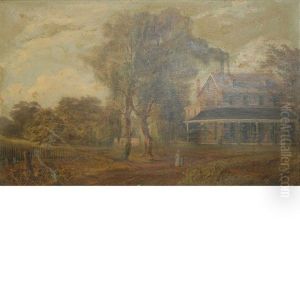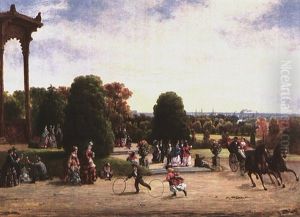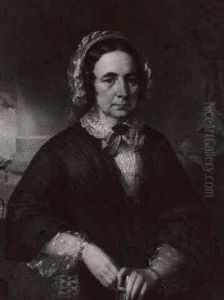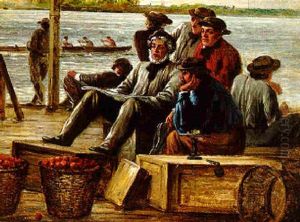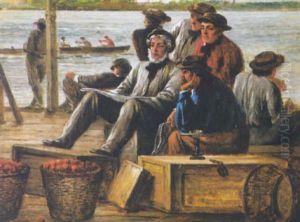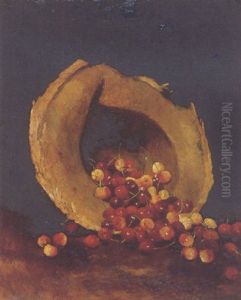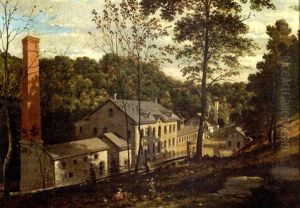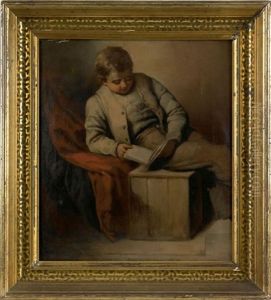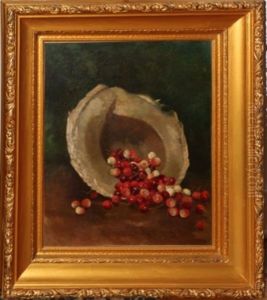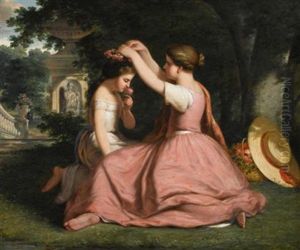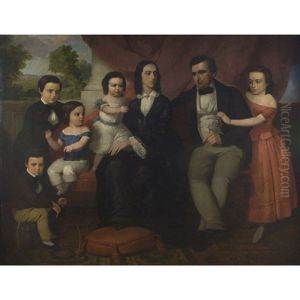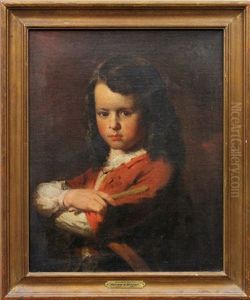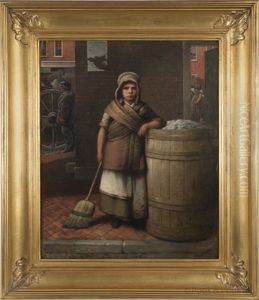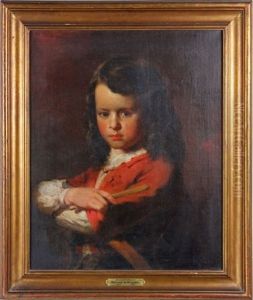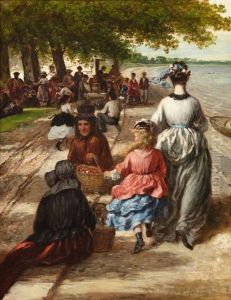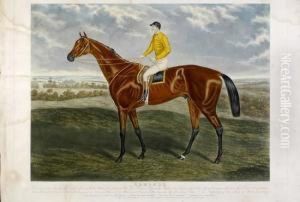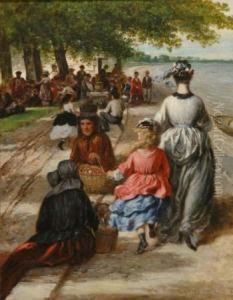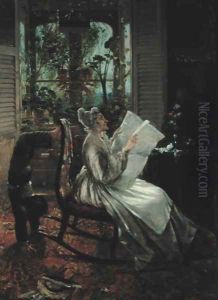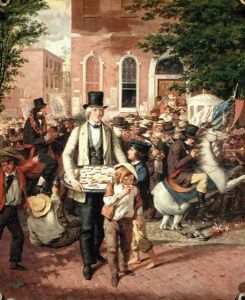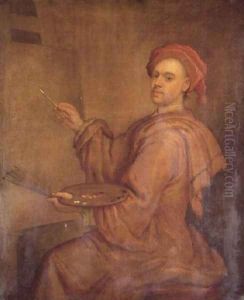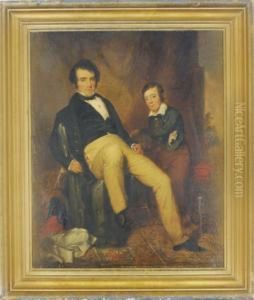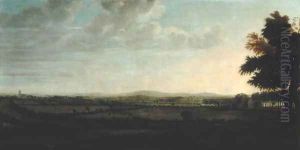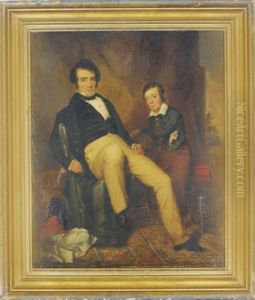William E. Winner Paintings
William E. Winner was an American artist born in Philadelphia, Pennsylvania in 1815. Little is known about his early life and training, but it is clear that he went on to become a part of the artistic milieu of the 19th century in the United States. Winner primarily worked as a portrait painter, a common profession for artists of his time, who often relied on commissions from wealthy patrons. He also produced landscape paintings, which reflected the growing interest in the American wilderness and the Hudson River School style, although Winner did not strictly adhere to this movement.
Throughout his career, Winner exhibited his work at various institutions, including the Pennsylvania Academy of the Fine Arts, which was a significant venue for artists in Philadelphia during that period. His portraits were known for their detail and the ability to capture the personality and status of his sitters. This skill made him a sought-after portraitist in his region.
However, despite his contributions to the art scene of his time, William E. Winner did not gain the same level of fame or lasting recognition as some of his peers. This could be due to a variety of factors, such as the sheer number of portrait artists working during the 19th century or the changing tastes in art that occurred as the century progressed. Winner's work followed the traditions of his time rather than breaking new ground, which may also have contributed to his relative obscurity in the annals of art history.
William E. Winner passed away in 1883. While he may not be widely known today, his paintings do offer insight into the styles and subjects that were valued in American art during his lifetime. His works are part of the historical record of American portraiture and provide a window into the society and culture of the United States during the 19th century.
